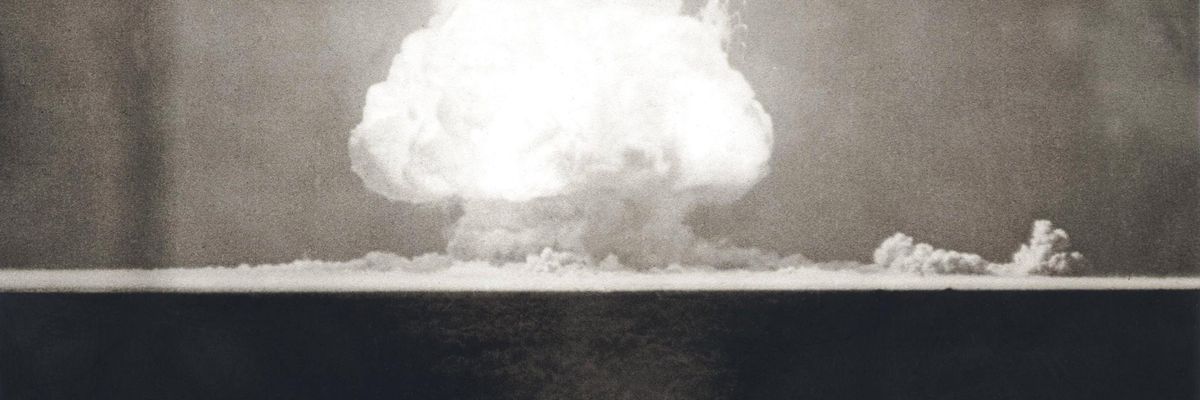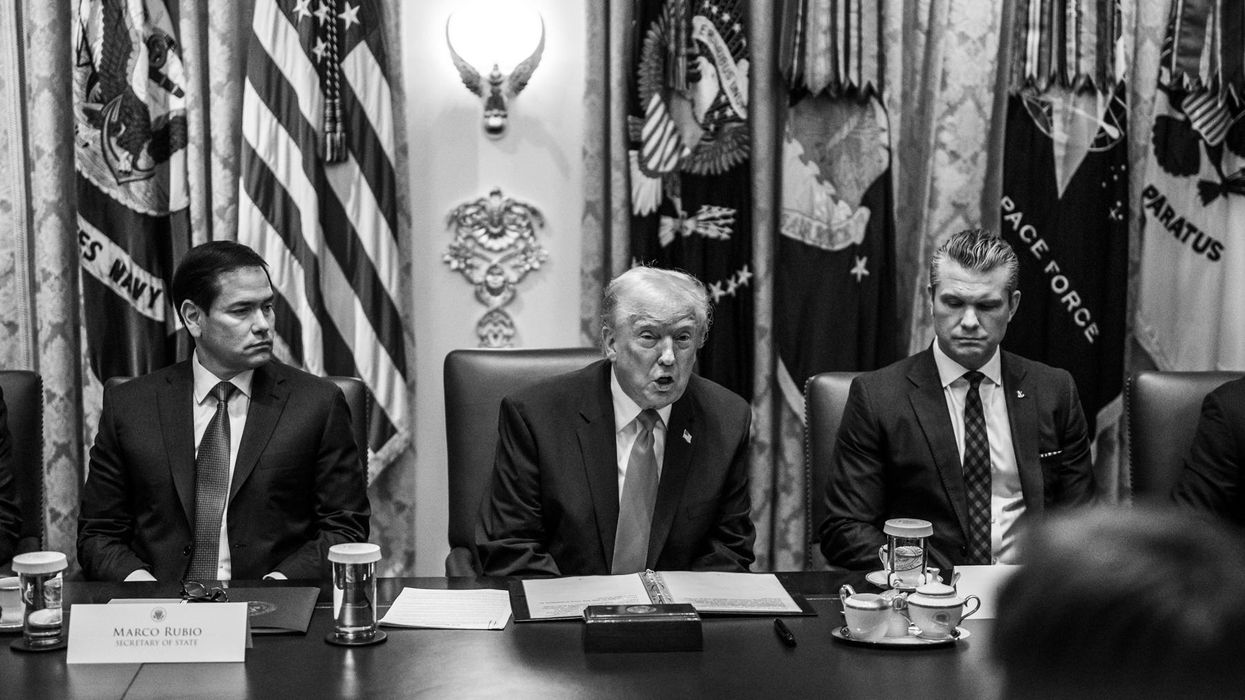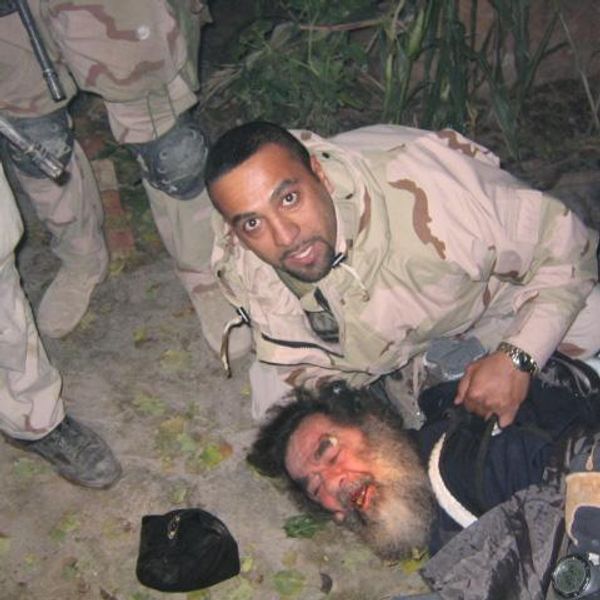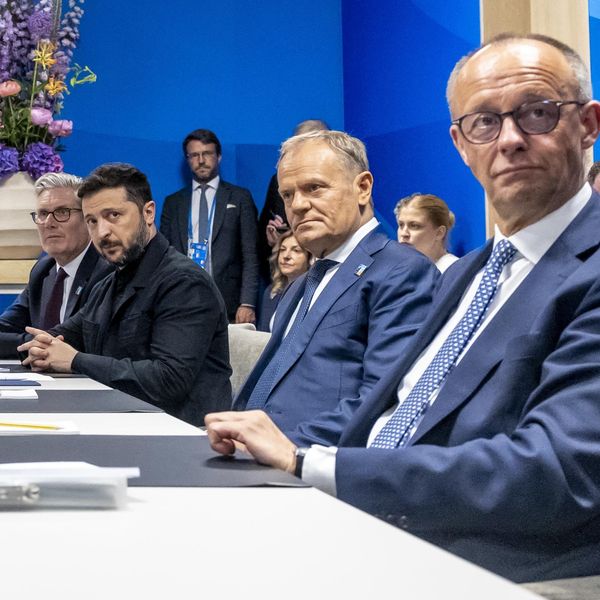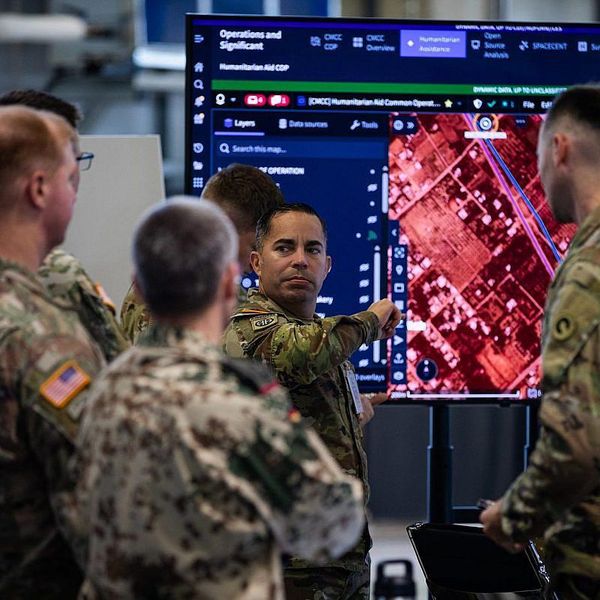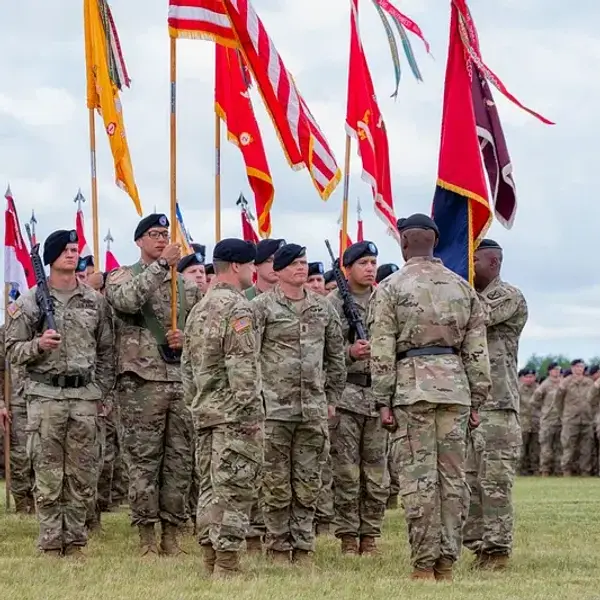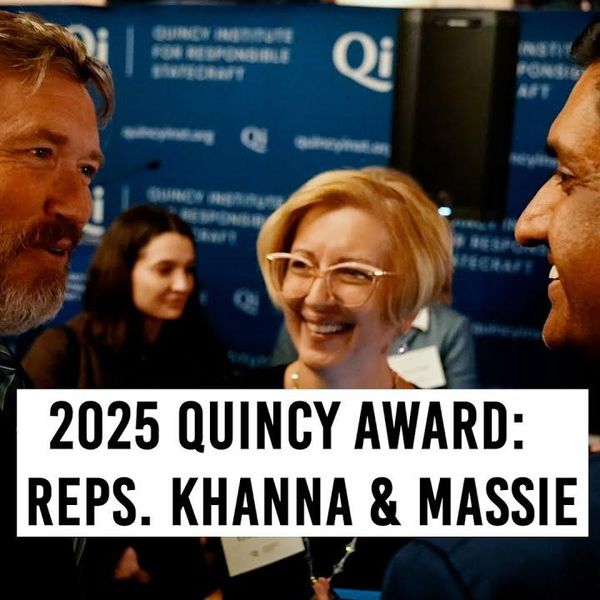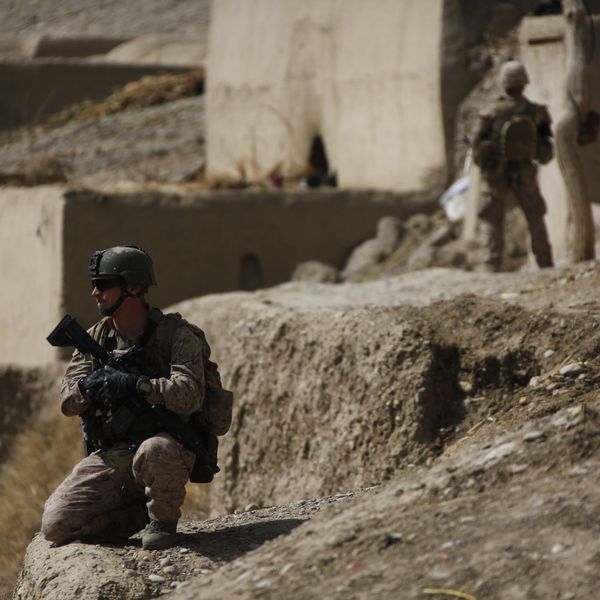Last week Honduras became the fiftieth state to ratify the Treaty on the Prohibition of Nuclear Weapons, which means the treaty will enter in force in less than three months. The treaty was negotiated and opened for signature in 2017 and 84 states have signed so far. The treaty’s imminent entry into force did not receive as much attention as is probably deserved for what is the first ever pact with global scope aimed at abolishing the most destructive type of weapon mankind has ever devised.
The treaty is not binding on any of the states that have not chosen to become parties, which includes all nine of the states currently possessing nuclear weapons. The treaty thus does nothing directly to reduce or eliminate those arsenals. In that regard, there hardly seems a justification for the Trump administration, not content with not signing the pact itself, to lobby other countries to withdraw their own signatures and ratifications.
For such active opposition to make sense would require one to make a case that nuclear weapons can be a good thing in certain current circumstances. Reasonable strategic cases have been made in the past. The classic strategic challenge during much of the Cold War was how to defend Western Europe against the specter of the Red Army hordes over-running the continent. The U.S. nuclear umbrella was a central part of confronting that challenge. But the hordes aren’t what they used to be, although language about the nuclear umbrella can still be heard today.
Current security issues in Europe hardly seem to rise to the level — comparable to a communist army capturing the entire continent — in which thoughts of escalation to nuclear war remain in the realm of sanity. Such escalation in response to, say, Russian offensive action in the Baltic states would raise the issue of — to put it in the apocalyptic terms in which Cold War strategists discussed such things — risking New York to save Riga.
The late political scientist Kenneth Waltz argued that nuclear weapons can generally be a good thing because fear of the cataclysmic consequences of a war breaking out can make resort to war less likely. But that always has been a minority view. Other scholars have put more emphasis on the stability/instability paradox, in which the knowledge that nobody wants the horrors of escalating to the nuclear level may make some states feel freer to commit violent mischief at the conventional level. Probably that dynamic was at play when Pakistan, one year after its first nuclear test in 1998, stirred up trouble in Kashmir that led directly to an Indian-Pakistani war there.
Although the United States has not renounced possible first use of nuclear weapons, it is hard to imagine anywhere, not just in Europe, where escalation to the nuclear level would make sense today. This includes the East Asia and Pacific region, where such thinking in connection with China would raise questions of whether to risk Los Angeles in an effort to save Taipei. The one clear purpose today of nuclear weapons, including U.S. nuclear weapons, is to deter the use of such weapons by other countries that have them.
That is how China itself views things. It maintains a minimal nuclear force for which the purpose is nuclear deterrence. The Chinese force is much smaller than the nuclear arsenals of the United States and Russia, which is why Beijing has scoffed at the Trump administration’s idea of somehow incorporating China into U.S.-Russian strategic arms control negotiations.
A defensible case for keeping nuclear weapons thus has to do with other countries also having them. That does not constitute grounds for actively opposing as a diplomatic goal a future in which nobody has them.
In urging parties to pull out of the new treaty, the Trump administration asserts that the pact somehow undercuts the Treaty on the Non-Proliferation of Nuclear Weapons (NPT). To the contrary, the new treaty is very much in the same spirit as the NPT and furthers its aims.
The NPT explicitly recognized two classes of participants: those who already have nuclear weapons and those who don’t. The bargain struck between these two classes was that the have-nots would promise not to acquire nukes in return for the haves making serous efforts to reduce and eventually eliminate their own nuclear arsenals. The latter part of that deal is incorporated in Article VI of the NPT, which reads, “Each of the Parties to the Treaty undertakes to pursue negotiations in good faith on effective measures relating to cessation of the nuclear arms race at an early date and to nuclear disarmament, and on a treaty on general and complete disarmament under strict and effective international control.”
The NPT entered into force in 1970. Half a century — two-thirds of the 75-year history of the nuclear age — has now passed, and the world is still far from nuclear disarmament. The disappointment over that state of affairs is reflected in preambular language of the new treaty, which states that the parties are “concerned by the slow pace of nuclear disarmament, the continued reliance on nuclear weapons in military and security concepts, doctrines and policies, and the waste of economic and human resources on programs for the production, maintenance and modernization of nuclear weapons.”
To be sure, arms control exists and it has made some progress during those 50 years, especially during the U.S.-Soviet détente of the 1970s. But recent trends and especially recent U.S. policies are not encouraging. The Trump administration folded one of the more consequential arms control agreements, the U.S.-Soviet treaty abolishing all intermediate-range nuclear forces, even though issues of possible Russian violations (and Russian counter-accusations about some U.S. systems) could have been addressed without killing the treaty altogether.
Most recently, the administration’s hard line has prevented a simple, clean extension of New START, the last remaining agreement limiting the strategic nuclear arms of Russia and the United States. Some squishy Russian concessions apparently have kept New START alive for the moment, but its future is still in doubt.
No one expects the United States to sign up any time soon to a treaty prohibiting nuclear weapons. Other more modest arms control measures are feasible and desirable now, such as U.S. adherence to the nuclear test ban treaty, In the meantime, no American military officers will be thrown into jail for working with nuclear weapons — the kind of fear that has helped to drive active U.S. opposition to multilateral mechanisms such as the International Criminal Court.
While doing what is feasible and desirable now, it helps also to recognize longer-term aspirations such as the one incorporated in the new treaty on nuclear weapons. Ronald Reagan was the U.S. president who most identified with the aspiration of a world without nuclear weapons. That aspiration helped guide Reagan’s policies on arms control, and it would be of similar help today.

